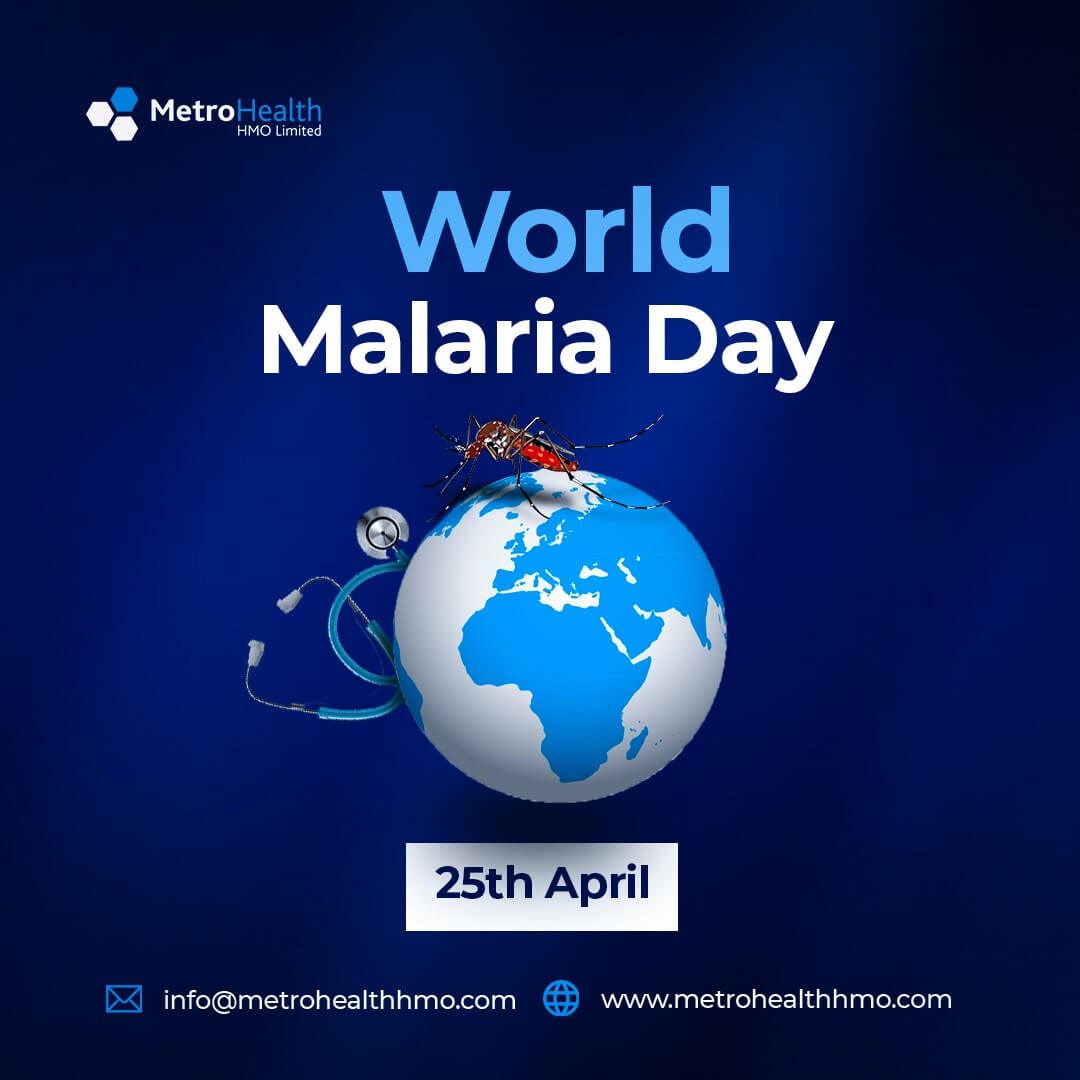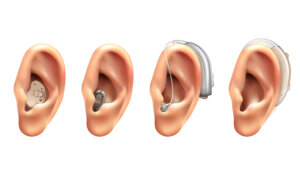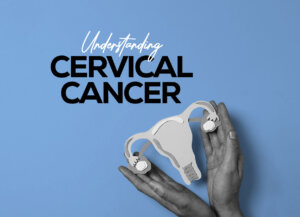Today April 25, we join the rest of the world to mark World Malaria Day. The theme for this year is “Zero Malaria – Draw the Line Against Malaria”.
Malaria is a life-threatening disease. Usually, it is communicated to people through the bite of an infected female Anopheles mosquito. Malaria is avoidable and treatable.
According to World Health Organization, there were an estimated 229 million cases of malaria worldwide with an estimated number of malaria deaths stood at 409 ,000 in 2019. Malaria affects 3.3 billion people, in 106 countries and territories. WHO estimates 216 million cases of malaria occurred in 2010, 81% in the African region.
In 2019, Africa was home to 94% of malaria cases and deaths. Six (6) countries accounted for approximately half of all malaria deaths worldwide: Nigeria (23%), the Democratic Republic of the Congo (11%), United Republic of Tanzania (5%), Burkina Faso (4%), Mozambique (4%) and Niger (4% each).
Children under 5 years of age are the most susceptible group.

HOW IS MALARIA TRANSMITTED?
Malaria is transmitted when an infective female Anopheles mosquito bites a person. They get infected through a prior blood meal taken from an infected person. When a mosquito bites an infected person, a small amount of blood is taken in which contains microscopic malaria parasites. About 1 week later, when the mosquito takes its next blood meal, these parasites mix with the mosquito’s saliva and are introduced into the person being bitten.
Because the malaria parasite is found in the red blood cells of an infected person, malaria can also be transmitted through blood transfusion, organ transplant, or the shared use of needles or syringes contaminated with blood. Malaria may also be transmitted from a mother to her unborn infant before or during delivery (“congenital” malaria).

SYMPTOMS
Symptoms of malaria include:
- Fever
- Chills
- Headaches
- Muscle aches
- Vomiting, Nausea, Diarrhea may also occur
- It may also cause anemia and jaundice (yellow coloring of the skin and eyes)
PREVENTION
Vector control is the main way to prevent and reduce malaria transmission. WHO recommends protection for all people at risk of malaria with effective malaria vector control.
Two forms of vector control –
- Sleeping under insecticide-treated mosquito nets and
- Indoor residual spraying – are effective in a wide range of circumstances.
Other forms of control include –
- Using insect repellent,
- Wearing long-sleeved clothing if out of doors at night.
- Breeding ground
- Use of Antimalarial drugs especially for travelers
DIAGNOSIS AND TREATMENT
Early detection and management of malaria decreases the disease and prevents deaths. The best accessible treatment, especially for P. falciparum malaria, is artemisinin-based combination therapy (ACT).
WHO recommends that suspected cases of malaria be confirmed using parasite-based diagnostic testing before administering treatment.
Getting any MetroHealth HMO insurance plan gives access to the treatment of malaria without having to pay out of pocket at the various points of access.










